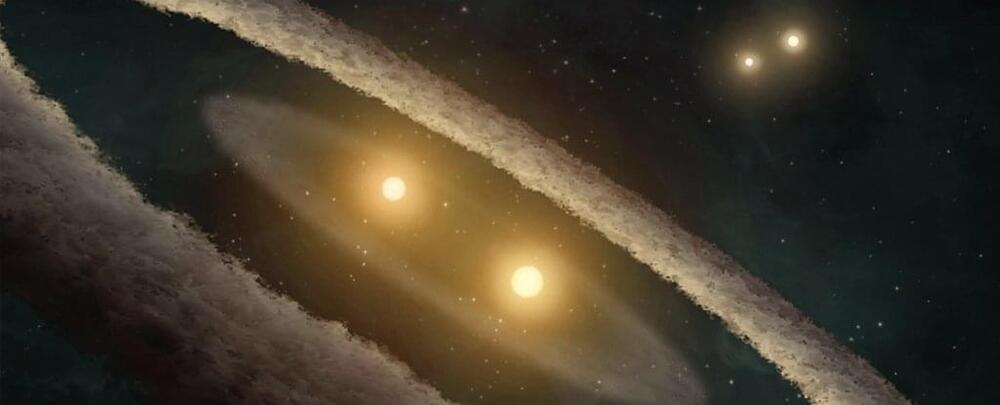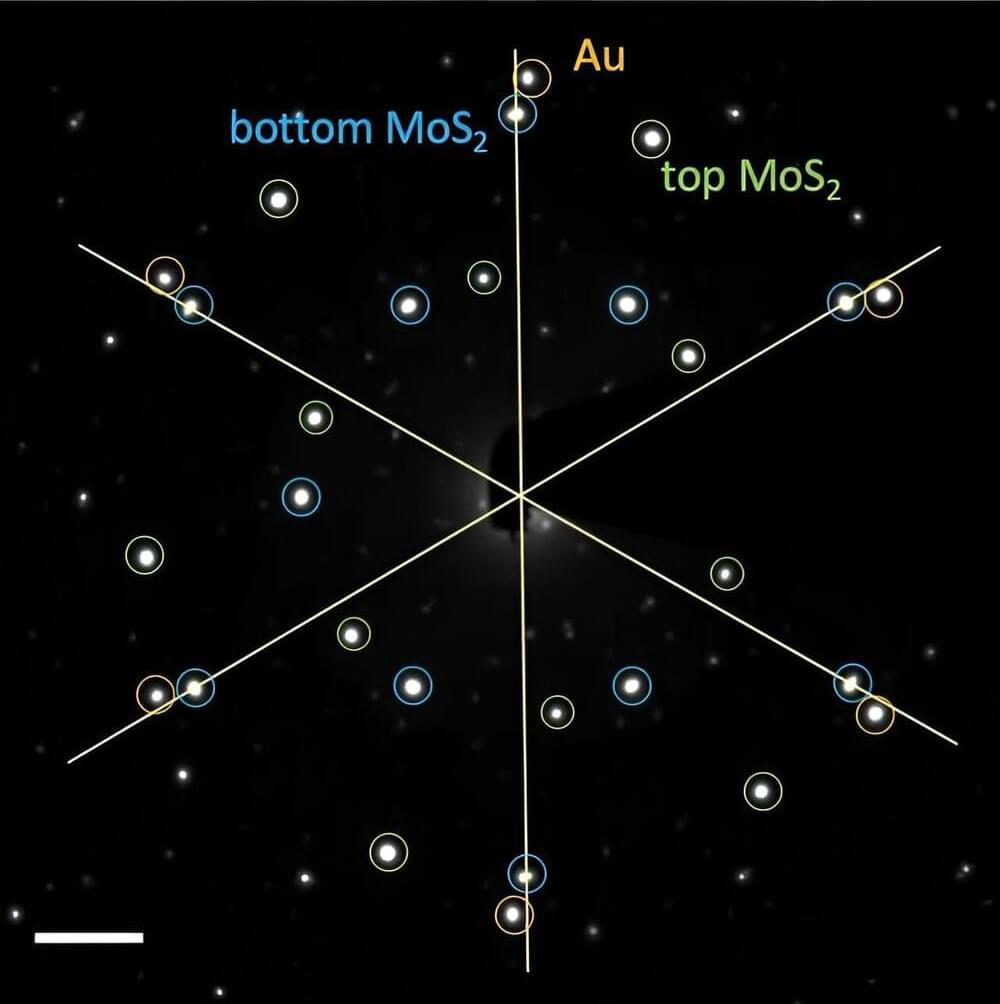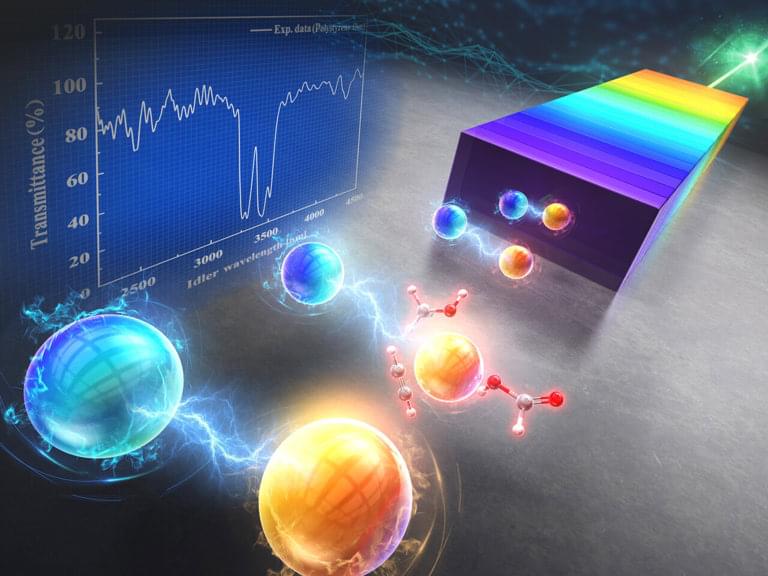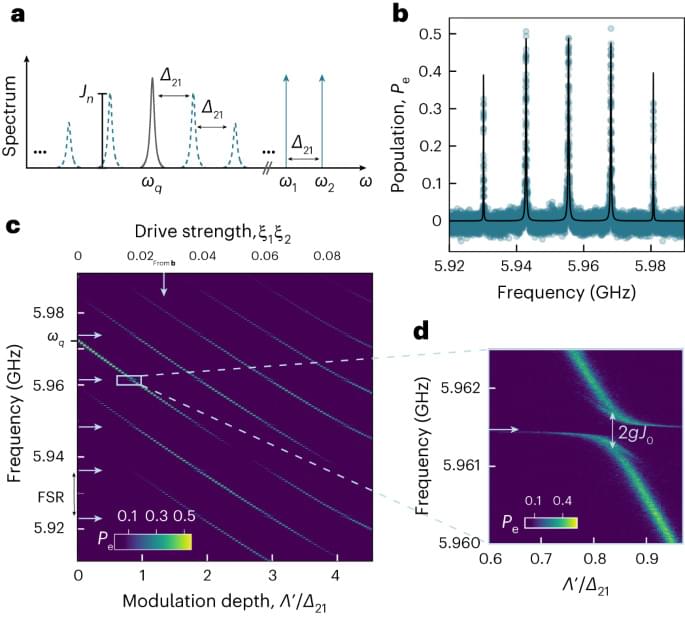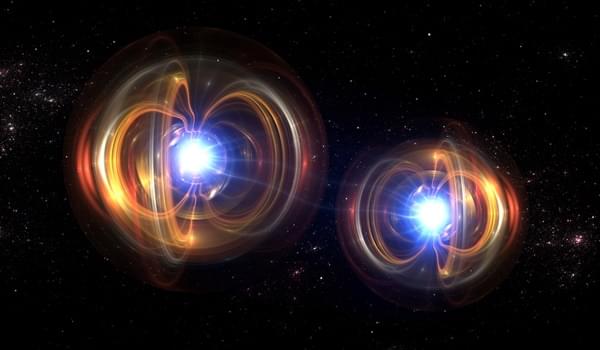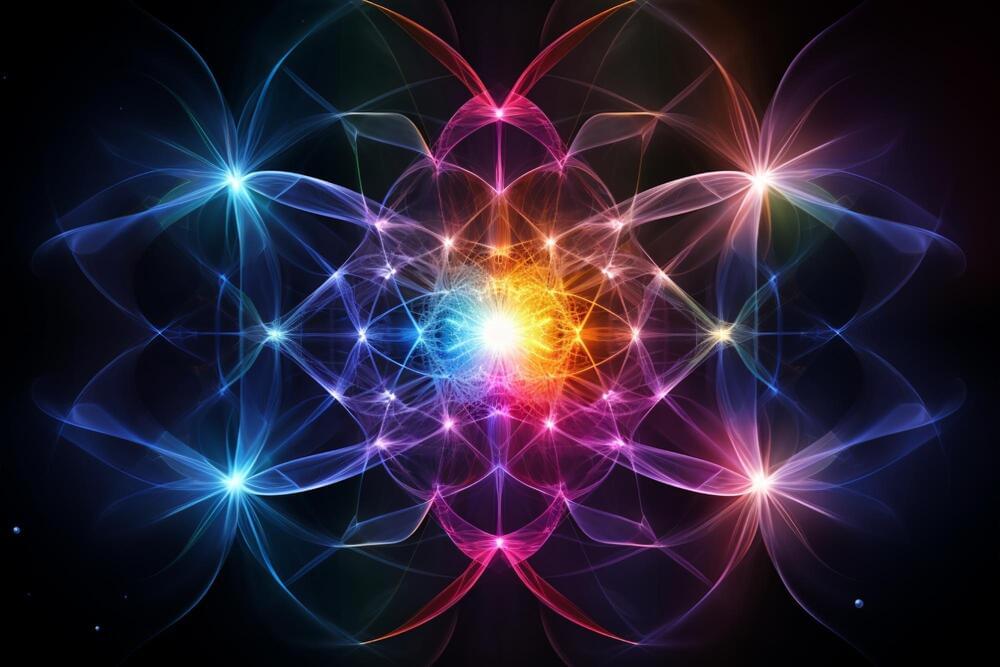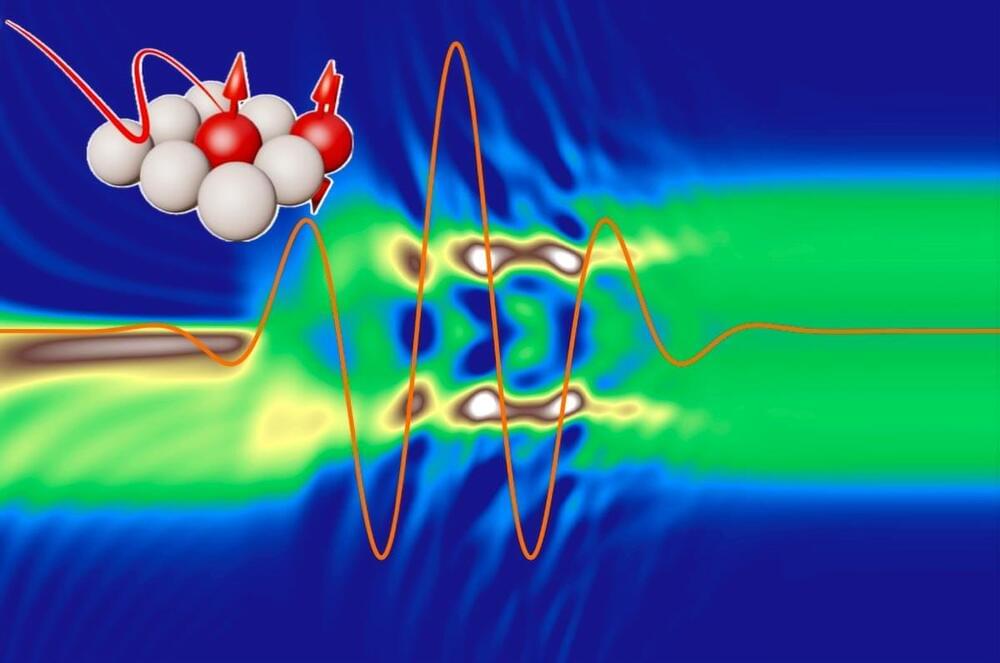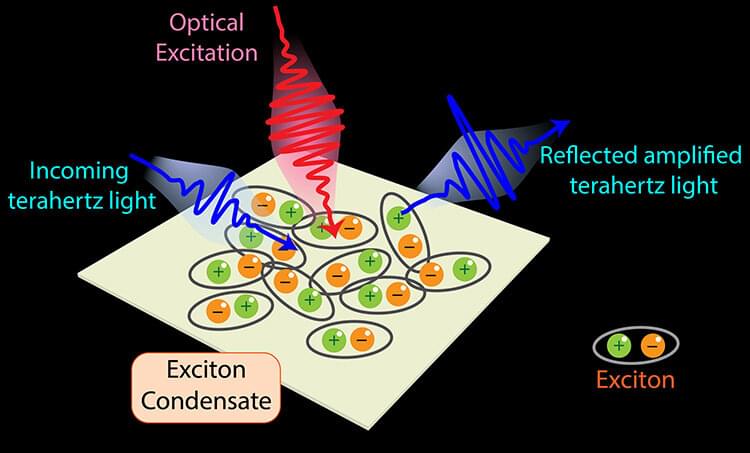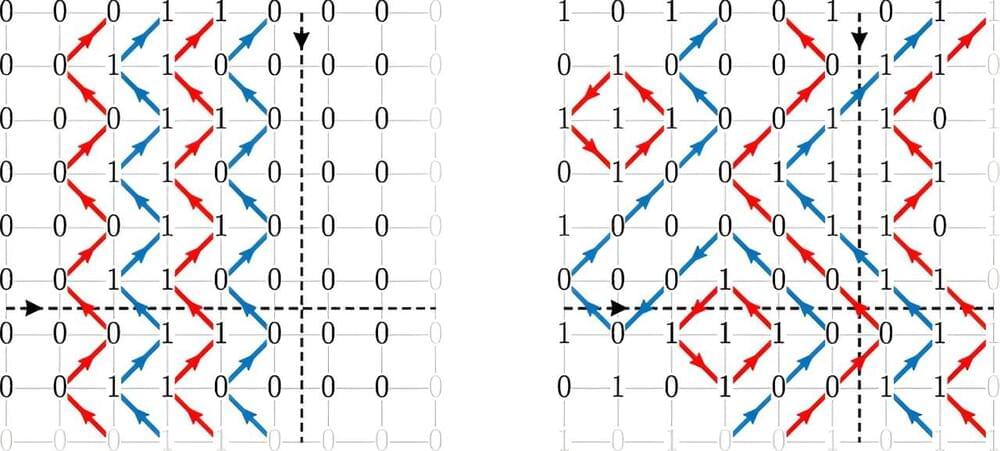In 1,859, French astronomer and mathematician Urbain Le Verrier detected something strange: Mercury deviated in its dance around the Sun, defying the orderly precession predicted by Newtonian physics.
This odd anomaly couldn’t be explained by unknown planets tugging at Mercury’s orbit; only by physicist Albert Einstein’s 1915 general theory of relativity, which describes how gravity creates curves in the fabric of space-time.
Einstein’s general theory has held strong in the century since, but there are a few things about the Universe his mind-bending model can’t explain. It breaks down in the centers of black holes and at the dawn of the Universe, for example, and doesn’t fit very easily with quantum mechanics, leading some physicists to ponder alternative takes on how gravity works.
